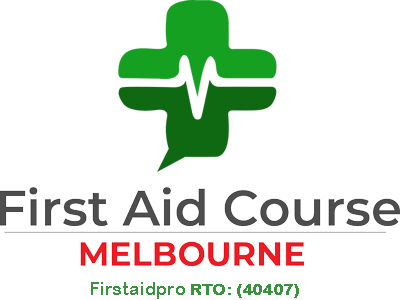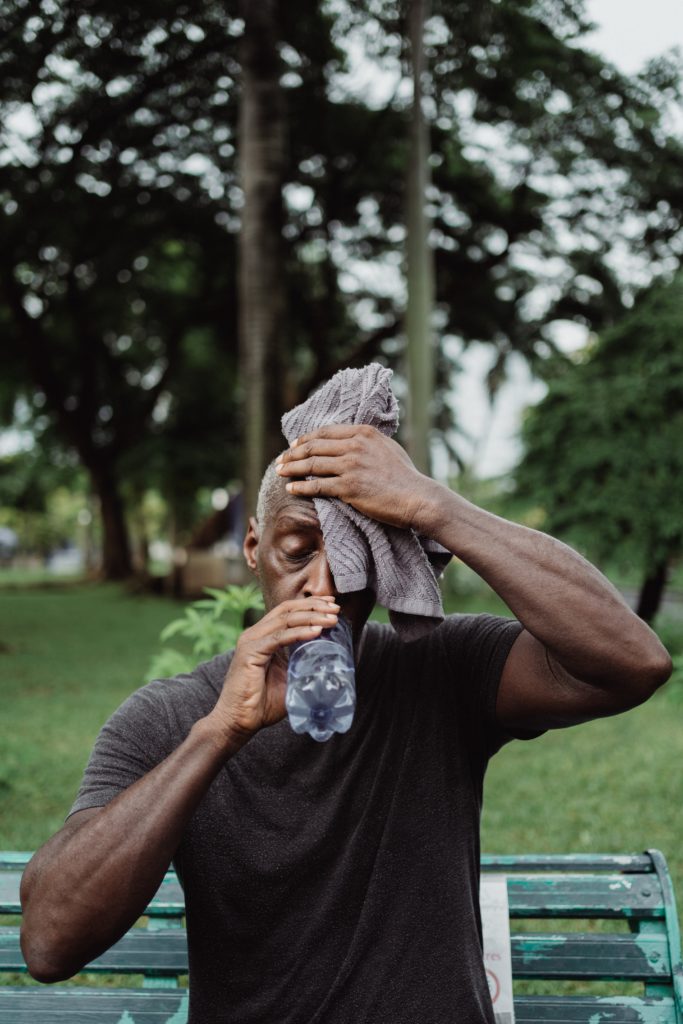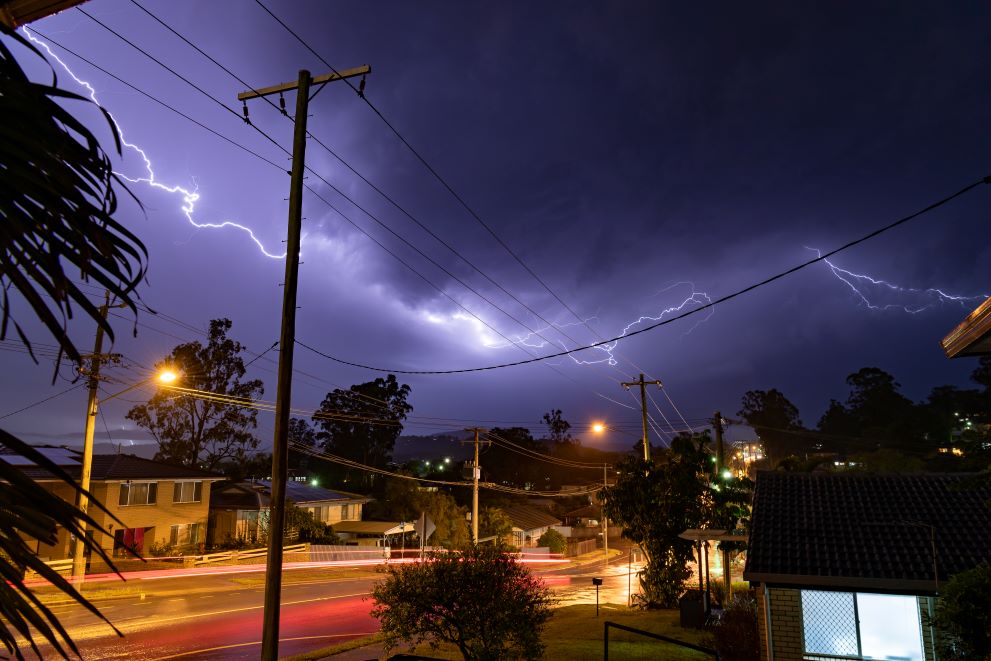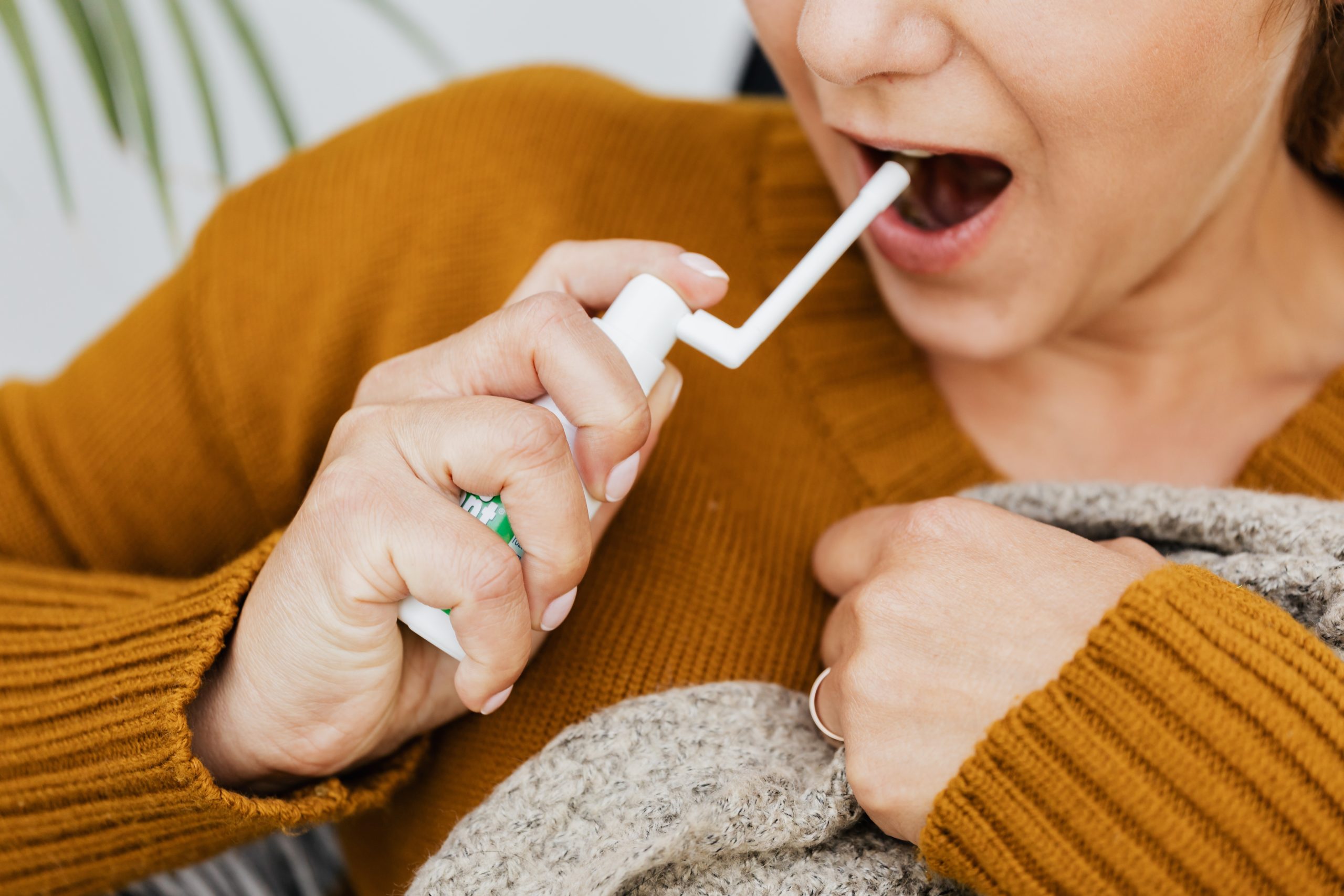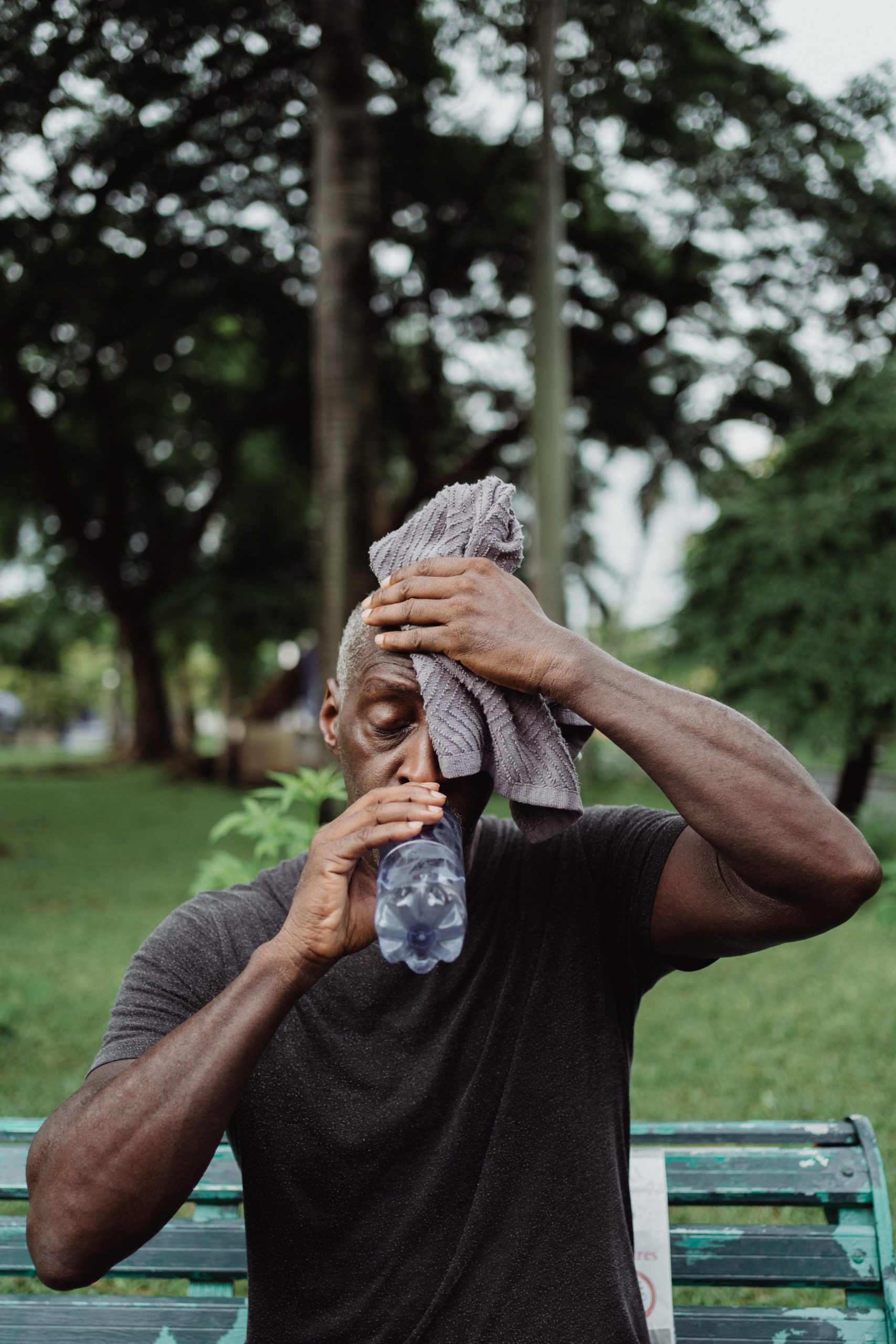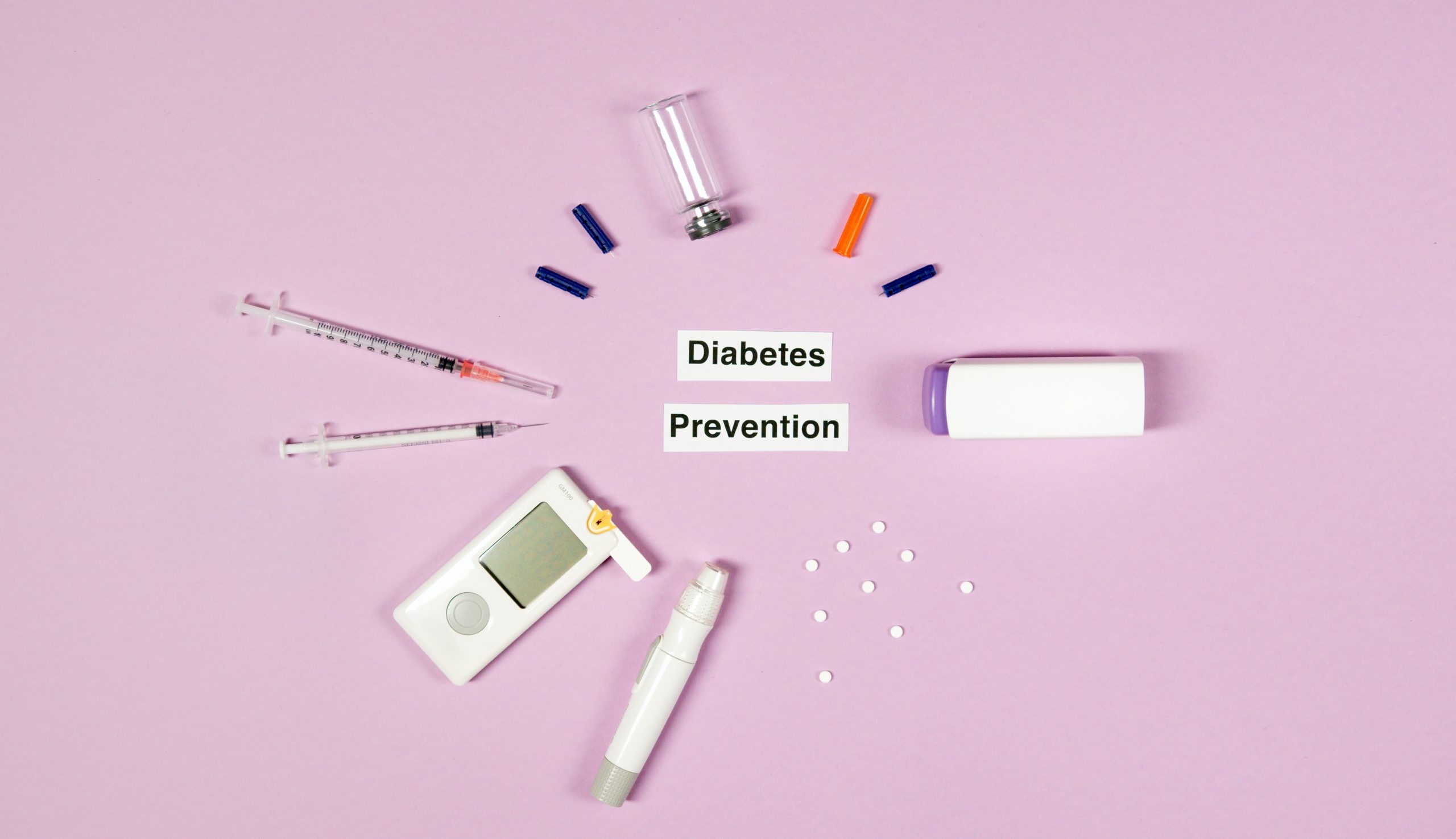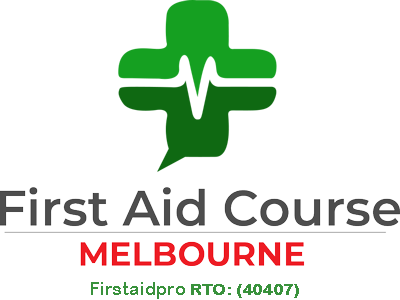The human body is amazing. It regulates its own temperature, keeping it stable within the normal range of 37 degrees Celsius. This is the recommended temperature at which all organs and tissues in the body can function at their best. A change in body temperature of more than 100.4°F (38°C) may indicate that is something is wrong, and hyperthermia may be present.
What is Hyperthermia?
Hyperthermia refers to a condition in which a person has abnormally high body temperature. The body is unable to regulate its internal temperature, maybe because it produces or absorbs too much heat from an external source. Its health effects can be mild (heat exhaustion) or severe (heatstroke). In other words, hyperthermia is the opposite of hypothermia which is a dangerous drop in body temperature from cold exposure.
The risks for this heat-related illness increase with the combination of outside temperature and a person’s general health and lifestyle. Lifestyle risks may include dehydration, lack of ventilation, visiting overcrowded places, and not understanding how to cope with hot weather conditions. An intense physical activity during the hottest time of the day can also lead to hyperthermia. All these outside factors can cause the internal temperature to rise. Children and the elderly are at most risk of this illness.
Signs and Symptoms
The symptoms of hyperthermia will depend on how much the body overheated. Signs and symptoms may develop very quickly or may take a few hours, even days.
Common hyperthermia symptoms include:
- Profuse sweating or absence of sweating
- Rashes and redness of the skin
- Dizziness or headache
- Sudden confusion
- Elevated heart rate
- Fainting (loss of consciousness)
- Fever
- Muscle cramps
- Nausea or vomiting
- Seizure
- Feeling of weakness
Cooling Techniques for Hyperthermia
Do the following techniques once you experience the first symptoms of heat exhaustion.
-
Try to find a cooler location.
If you are outdoors, look for a shady area. If you are indoors, turn on the air conditioning and wear thin, airy clothes.
-
Slow down
Stop doing any strenuous activities at the hottest time of the day. You may want to lie down if you are feeling dizzy or nauseous after sun exposure.
-
Drink plenty of fluids
Drink water or sports drinks to rehydrate yourself. Sports drinks usually contain electrolytes which is the mineral your body loses through excessive sweating.
-
Cold treatment
Having a bath in icy cold water can help lower your temperature quickly. You may also opt to mist your skin with water or wrap yourself in a cooling blanket. Make sure to control the cold and not make yourself shiver. Shivering may lead you to take medication that can only increase your body temperature.
-
Seek medical help
If symptoms get worse and you suspect someone has heatstroke, call an ambulance right away. Heatstroke is a medical emergency that requires immediate medical treatment.
Provide first aid if necessary.
First Aid Treatment for Hyperthermia
If a person starts showing signs of heatstroke and other heat-related illness, do the following steps:
- Get the person out of the sun’s heat. Carefully move them into a shady, air-conditioned place. Urge the person to lie down and rest.
- If the person starts showing signs of severe hyperthermia, access medical care immediately. Severe hyperthermia can cause life-threatening complications. If you suspect heatstroke, call triple zero (000).
- Apply a cold pad or clothing to the person’s wrists, neck, armpits, or groin. These are usually placed where the blood passes close to the skin’s surface. The cold cloth or pads can help cool the blood.
- Mild hyperthermia is usually easy to treat and can recover without medical care. Monitor the person closely in case their condition does not improve or becomes worse. Seek emergency help if in any doubt.
Learn about symptoms, treatment, and prevention of hyperthermia in a first aid course.
In preparation for the summer season, you should consider getting trained in providing first aid to heat-related illnesses. Enlisting in a first aid course provided by a registered training organisation is recommended.
